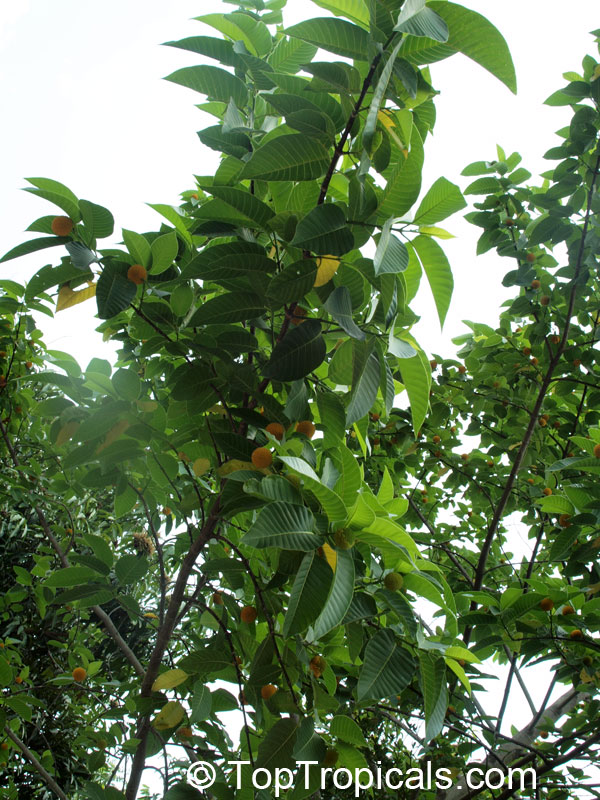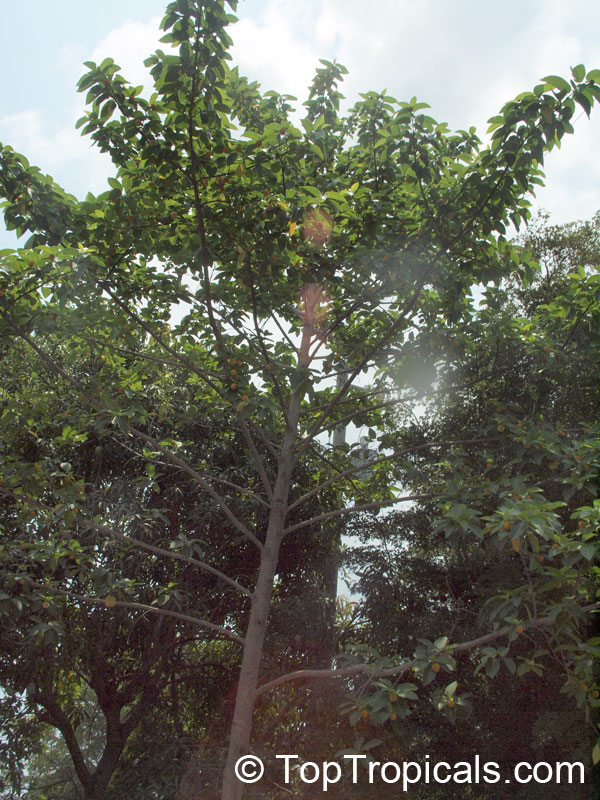Neolamarckia cadamba (Cadam)
Top Tropicals Plant Encyclopedia
Botanical names: Neolamarckia cadamba, Anthocephalus cadamba, Anthocephalus chinensis
Common names: Cadam, Kadam
Family: Rubiaceae
Origin: Tropical Asia











Neolamarckia cadamba or Kadam is a big tree native to tropical Asia, which can grow taller than 20 feet. It is a slow-growing tree that does best in full sun or semi-shade with regular water. It produces stunning yellow and orange fragrant flowers, making it a great choice for gardeners looking for a colorful ornamental plant. It is known to attract butterflies and hummingbirds, adding even more life to the garden.
Kadam is also an ethnomedical plant, with its bark being used as a tonic and febrifuge. Its wood is also used for manufacturing furniture and other agricultural implements.
The Kadam tree is also a great option for gardeners who want to reap the healthy benefits of its fruit. It is edible, with a sweet flavor. The tree can produce numerous fruits all year round. The fruit is also rich in antioxidants, vitamins, and minerals, making it a great way to boost health.
Kadam is generally hardy to USDA Zone 9-11 and can be grown in temperate regions as a container plant in cold weather. Plant it in a pot with quality potting soil and make sure it is watered regularly. The Kadam tree will do best when kept in bright light, but away from direct sunlight.












